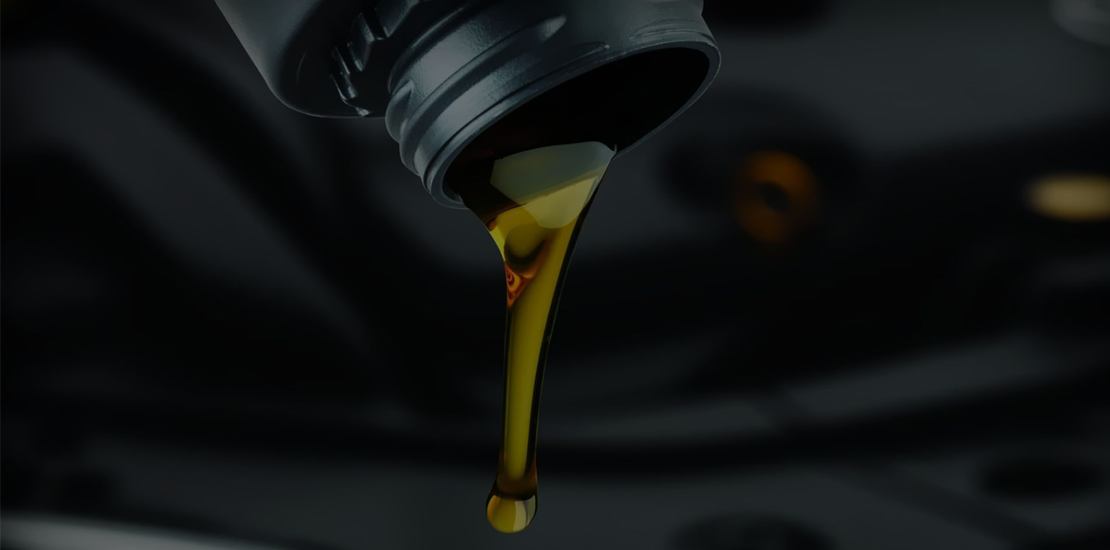

Typical Uses / Applications
- Industrial Burners
- Mould Oil to help release products from their moulds
- Hydraulic Oil
- Bitumen Base Products
- Additive in Manufactured Products like Lubricant
- Hydraulic or Transformer Oil
- Industrial Burners
- Mould Oil to help release products from their moulds
- Additive in manufactured products like Lubricants, Hydraulic Oil & Transformer Oil
Rubber Process Oil are rich aromatic by products from solvent extracting process to modify physical properties of the vulcanization and to reduce the cost of the finished product.
Typical Uses / Applications
- As component in rubber formulations and manufacturing of products such as automobile tiers, rubber shock absorbers, footwear, industrial hoses, wire and cable coverings, flooring materials and carrier fluid or solvent in manufacture of adhesives, sealants, polishes and carbon black
- To improve physical properties of vulcanization to reduce the cost of finished rubber compounds
- Tyre, Rubber and Dhoop Industry
- Used as a Lubricant in Rubber Processing
- Used in manufacturing of White Oil
- Used as a component in Ink Production
Do You Know ?
Rubber Process Oil Market is expected to grow at a CAGR of 3.95% during the forecast period and is expected to reach US$ 2.74 Bn. by 2027.
Rubber Process Oil Grades
| ALL GRADES | ||
| SAE 10W-40 | (API SL / CF) | (API SL / CF) |
| SAE 10W-30 | (API SL / CF) | (API SL / CF) |
| SAE 15W-40 | (API SJ / SL / CF) | (Multi Grade) |
| SAE 20W-50 | (API SJ / SL / CF) | (Multi Grade) |
| SAE 10W-30 | (API SJ / SL / CF) | (Multi Grade) |
| SAE 40 | (API SC / CC) | (Mono Grade) |
| SAE 50 | (API SC / CC) | (Mono Grade) |
| SAE 10W-40 | (API CI-4) | (Multi Grade) |
| SAE 10W-30 | (API CI-4) | (Multi Grade) |
| SAE 15W-40 | (API CI-4) | (Multi Grade) |
| SAE 15W-40 | (API CH-4 / CG-4 / CF-4) | (Multi Grade) |
| SAE 20W-50 | (API CH-4 / CG-4) | (Multi Grade) |
| SAE 10 | (API CF / CF-2) | (Mono Grade) |
| SAE 30 | (API CF / CF-2) | (Mono Grade) |
| SAE 40 | (API CF / CF-2) | (Mono Grade) |
| SAE 50 | (API CF / CF-2) | (Mono Grade) |
Types of Rubber Process Oil:
Rubber process oil is a type of specialized oil that is used in the manufacturing of rubber products. There are several types of rubber process oil, including:
Paraffinic oils: These oils are made from saturated hydrocarbons and are highly refined. They have good solvency and low volatility, making them suitable for use in rubber manufacturing.
Naphthenic oils: These oils are made from a mixture of cycloparaffins and aromatic hydrocarbons. They have a high solvency and are suitable for use in natural and synthetic rubbers.
Aromatic oils: These oils are made from a mixture of aromatic hydrocarbons and have a high solvency. They are generally used in the production of tires and other heavy-duty rubber products.
Treated distillate aromatic extract (TDAE) oils: These oils are made by refining aromatic extracts and removing undesirable components. They are used in the production of high-performance tires.
MES oils: These oils are made by combining naphthenic and paraffinic oils. They are used in the production of rubber products that require good aging properties.
Low PCA oils: These oils are used in the production of rubber products that come in contact with food or drinking water. They have low polycyclic aromatic content (PCA) and meet regulatory requirements for food-grade products.
Overall, the type of rubber process oil used depends on the specific rubber product being manufactured and the desired properties required for the end product.
Recycling of Rubber Process Oil:
Rubber process oil (RPO) is a petroleum-based product that is typically not biodegradable and can cause environmental pollution if not properly managed. Recycling of RPO is possible, but it requires specialized techniques and processes to ensure that the recycled oil meets quality standards and does not contain contaminants that can cause damage to equipment or affect product quality.
There are several methods of recycling RPO, including:
Re-refining: This involves removing impurities and contaminants from used RPO by heating and treating it with various chemicals. The resulting oil can be used as a base oil for new lubricants or sold as recycled RPO.
Solvent extraction: This involves using solvents to remove contaminants from used RPO. The resulting oil can be used as a base oil for new lubricants.
Blending: This involves blending used RPO with virgin oil or other additives to improve its quality and performance. The resulting oil can be used as a base oil for new lubricants or sold as recycled RPO.
Distillation: This involves heating used RPO to vaporize and separate its components based on their boiling points. The resulting fractions can be used as base oils for new lubricants or sold as recycled RPO.
Recycling RPO can help reduce environmental pollution and conserve natural resources. However, it requires specialized equipment and expertise, and the resulting recycled oil may have lower performance properties than virgin oil. As such, it is important to carefully evaluate the quality and suitability of recycled RPO before using it in manufacturing processes.